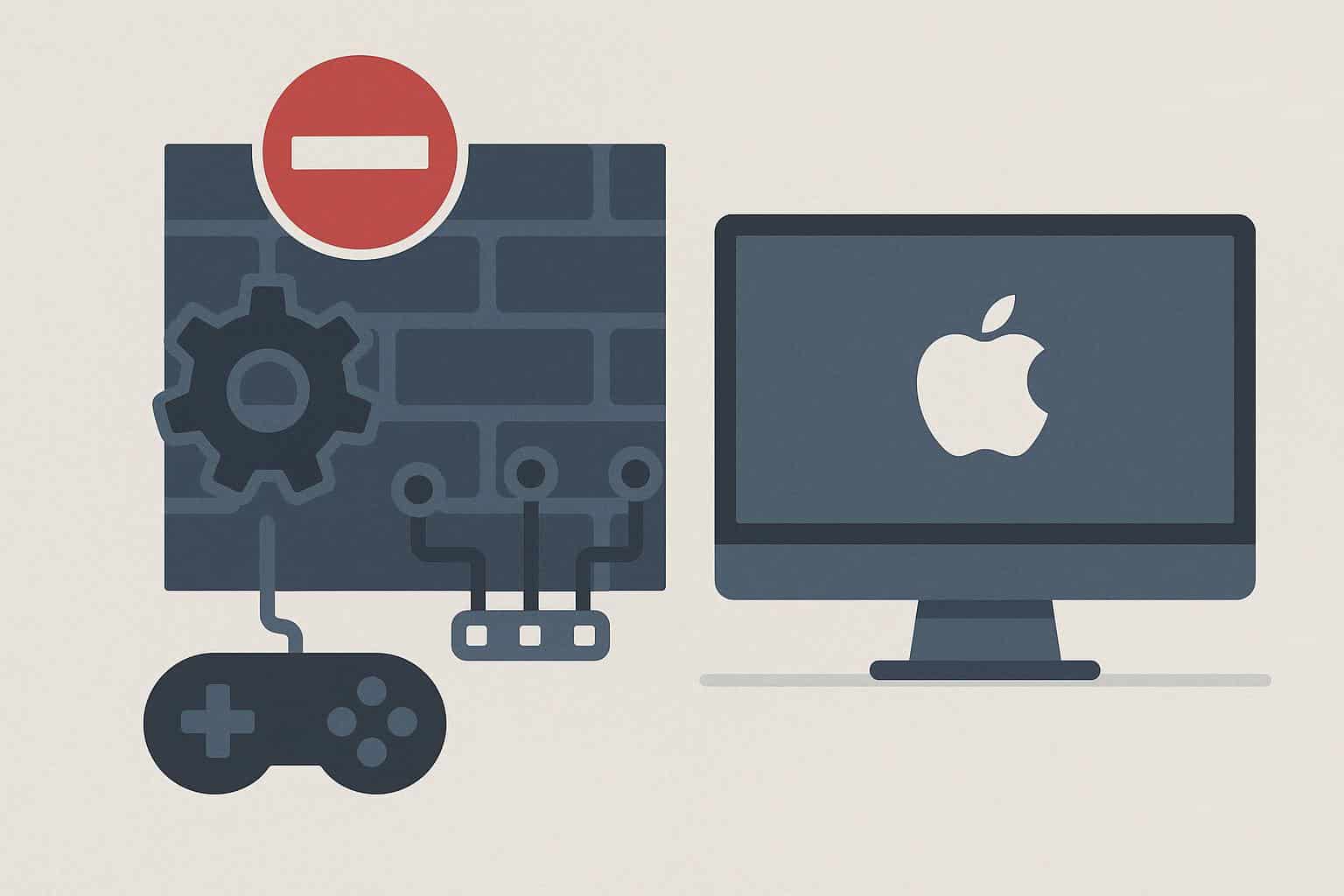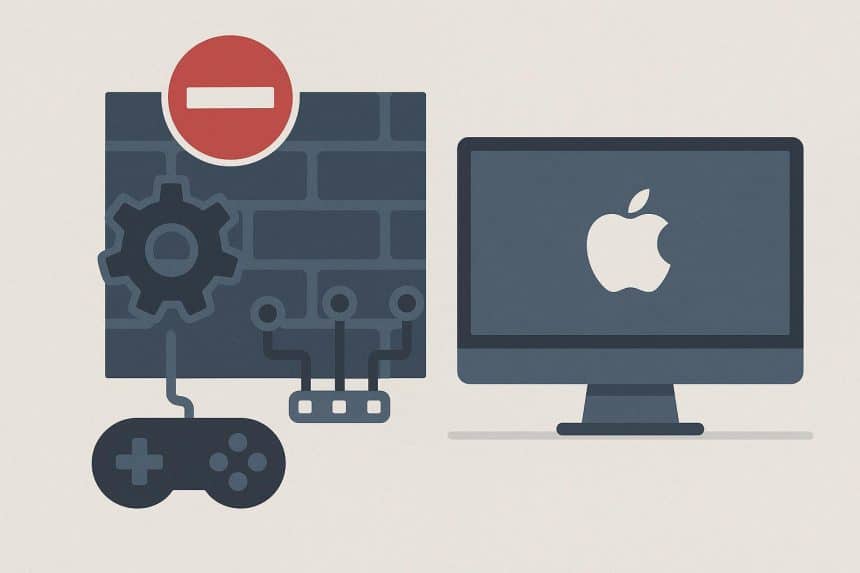Apple’s Mac computers dominate creative industries, excel in professional workflows, and command premium prices that reflect their build quality. Yet when you browse through gaming catalogs or check system requirements for the latest blockbuster titles, Mac compatibility remains frustratingly absent. This persistent gap between Mac’s technological capabilities and gaming support reveals deeper industry dynamics that extend far beyond simple technical limitations.
Development Costs and Cross-Platform Challenges
Modern gaming studios face increasing pressure to deliver titles across multiple platforms simultaneously. Development resources are typically prioritized for platforms with the largest user bases, such as Windows, PlayStation, and Xbox. These platforms offer predictable returns on investment and mature development environments.

In contrast, Mac’s limited market share often means fewer resources are allocated to platform-specific testing, performance tuning, and multiplayer integration. As developers focus on platforms with the largest audiences, they may also turn to monetization strategies, like offering players the ability to buy cheap CoD points or other in-game currencies, to help drive in-game revenue and fund additional development efforts.
Apple Silicon Transition and Legacy Compatibility
Apple’s transition to custom silicon chips has created unprecedented development hurdles that many studios struggle to navigate effectively. The shift from Intel processors to ARM-based M1, M2, and M3 chips requires fundamental code rewrites for optimal performance. Studios must now maintain compatibility across three different architectures: Intel-based Macs still in circulation, new Apple Silicon machines, and Rosetta 2 translation layers.
This architectural complexity multiplies development costs significantly. Games that run efficiently on Intel Macs might experience performance issues on Apple Silicon without proper optimization. The additional engineering resources required to support multiple Mac configurations often exceed projected revenue from Mac sales, particularly when Windows development offers more straightforward optimization paths.
Graphics API Limitations and Industry Standards
Graphics programming represents one of the most significant barriers preventing widespread Mac gaming adoption. DirectX remains the dominant graphics API for Windows gaming, with extensive documentation, mature development tools, and broad industry support. Mac development requires Metal expertise, which fewer developers possess and which offers less comprehensive third-party support.
Popular game engines like Unity and Unreal Engine support Mac development theoretically, but optimization tools and debugging resources remain primarily Windows-focused. Professional game development relies on extensive middleware, asset creation tools, and performance analysis software that often lack Mac equivalents or provide limited functionality compared to Windows versions.
Market Economics and Developer Priorities
The fundamental issue facing Mac gaming is economic. Steam’s hardware surveys consistently show Mac users representing less than three percent of the gaming platform’s user base. When studios allocate development resources, they prioritize platforms where their games will reach the largest audiences and generate the highest revenues.
This creates a self-reinforcing cycle where limited game availability keeps gaming enthusiasts away from Mac platforms, while low Mac gaming adoption discourages developers from investing in Mac ports. Breaking this cycle requires either Apple investing heavily in gaming initiatives or studios taking calculated risks on Mac development despite uncertain financial returns.
Hardware Design Philosophy Conflicts
Mac hardware traditionally emphasized different priorities than gaming-focused systems. While Macs excel at video editing, music production, and other creative tasks, gaming requires sustained high-performance graphics processing, aggressive cooling solutions, and user-upgradeable components that conflict with Apple’s design philosophy.
Thermal management presents particular challenges for Mac gaming performance. Apple’s emphasis on quiet operation and sleek designs limits cooling capacity compared to gaming laptops with larger fans and more aggressive thermal solutions. This can result in thermal throttling during extended gaming sessions, reducing performance below levels that dedicated gaming hardware maintains consistently.
Future Possibilities and Platform Convergence
The gaming industry continues evolving rapidly, with cloud gaming, subscription services, and cross-platform development becoming increasingly important. These trends might eventually reduce platform-specific development challenges, making Mac gaming more viable for developers and publishers who currently avoid the platform due to technical barriers.
As development tools mature and platform boundaries blur, digital marketplaces like Eneba demonstrate how modern gaming ecosystems can bridge platform gaps by providing unified access to games and gaming content across different systems.












